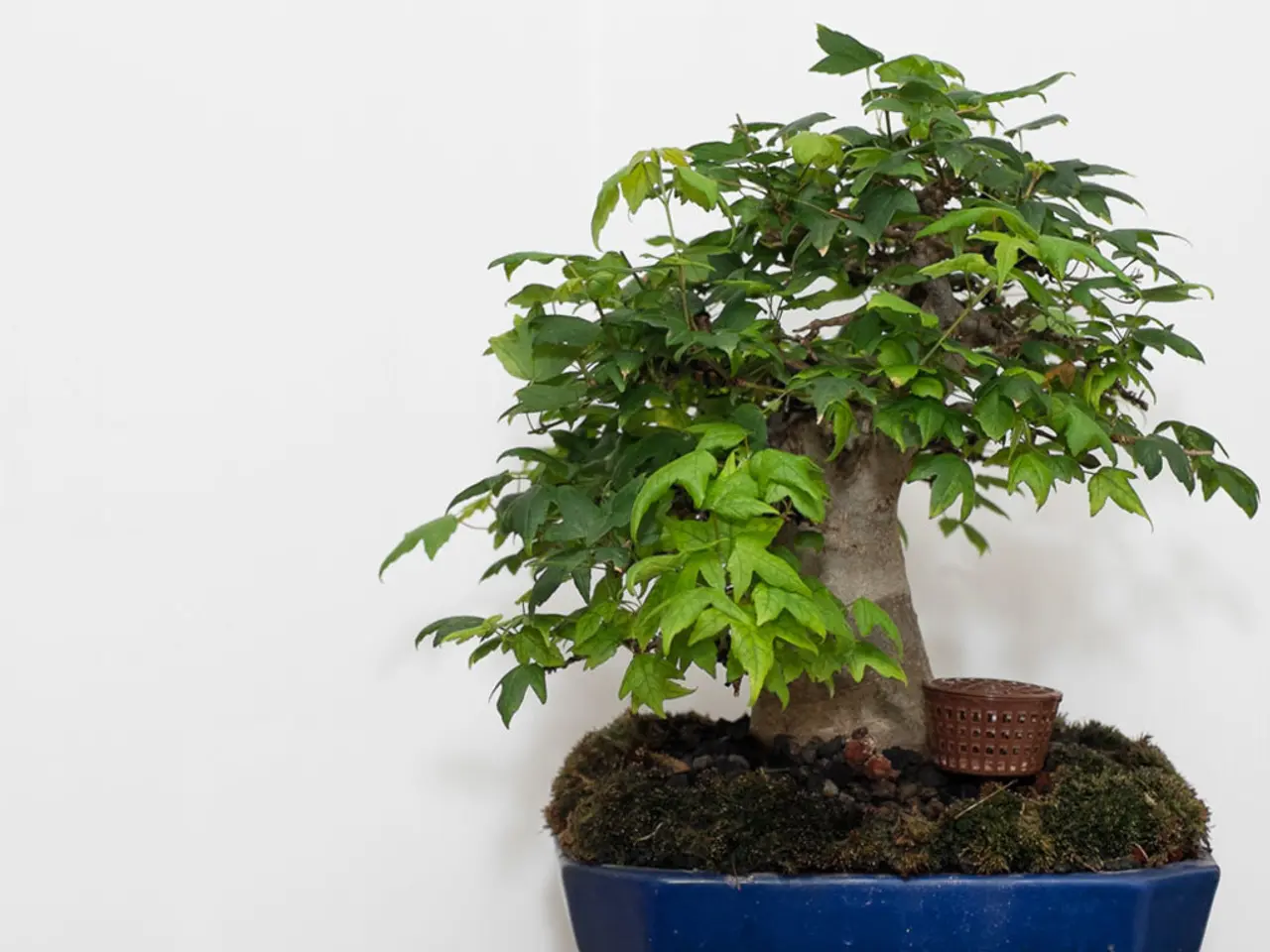Bonsai Leaf Drop: Investigating Causes and Providing Solutions
Bonsai trees, with their intricate beauty, are a delight to cultivate. However, maintaining these miniature masterpieces can sometimes be challenging, especially when it comes to preventing and addressing leaf loss. This article aims to shed light on common causes of bonsai leaf loss and provide practical solutions to keep your bonsai healthy and thriving.
Bonsai trees can succumb to various factors that lead to leaf loss. Overwatering, underwatering, excessive sunlight, sudden temperature changes, inadequate light, poor soil conditions, and pest infestations are the most common culprits.
Overwatering can lead to root rot, causing yellowing and dropping leaves. To prevent this, ensure good drainage and avoid standing water. Allow the soil to dry before watering again.
Underwatering, on the other hand, causes dry, yellow leaves that eventually fall. Consistent and deep watering, especially during dry spells, is crucial to maintain a bonsai's health.
Too much direct sunlight can cause leaf scorch, indicated by brown leaf tips and leaf loss. To prevent this, move the bonsai to indirect sunlight.
Sudden temperature changes or exposure to air conditioning drafts stress the tree, resulting in leaf drop. Keep the temperature stable to ensure the bonsai's well-being.
Poor soil or declining soil quality reduces nutrient uptake, slowing growth and causing leaf yellowing and loss. Refresh or replace soil as needed to maintain a healthy bonsai.
Pests such as aphids also cause leaf stress and drop. Treat infestations promptly using neem oil or mild insecticides.
Solutions to these issues involve monitoring soil moisture closely and watering only when the top inch of soil is dry. Providing bright, indirect sunlight rather than full sun is essential. Maintaining stable temperatures and good airflow are also crucial. Repotting with fresh soil if needed and treating pests promptly are key steps in preserving your bonsai's health.
In summary, keeping a bonsai healthy requires careful watering management, appropriate light conditions, a stable environment, good soil health, and pest control. By understanding these factors and implementing the solutions, you can prevent and solve leaf loss issues, ensuring your bonsai continues to flourish.
[1]: Overwatering and Underwatering [2]: Sudden Temperature Changes and Exposure to Drafts [3]: Too Much Direct Sunlight [4]: Poor Soil Conditions and Pest Infestations [5]: Repotting and Fertilization During Winter
- Beyond the realms of bonsai cultivation, science delves into diverse medical conditions such as cancer and autoimmune disorders, striving to unravel their intricacies.
- Mindful of workplace-wellness, companies implement wellness programs to combat stress and promote overall health.
- Adequate eye-health care, accompanied by proper diet and regular check-ups, contributes significantly to maintaining good vision.
- With the rise of respiratory conditions like asthma, understanding the role of environmental science becomes crucial in formulating solutions to combat air pollution.
- Nutrition plays an essential role in digestive health, ensuring the proper functioning of our digestive system.
- Climate change induces extreme weather patterns, impacting both human and environmental health, necessitating urgent action.
- Skin-care routines, incorporating cleansers, moisturizers, and sunscreens, help maintain skin health and combat skin conditions like acne.
- Therapies and treatments, ranging from relaxation techniques to medication, are used to manage neurological disorders, providing relief and improving the quality of life.
- Weight-management programs that focus on diet, exercise, and lifestyle changes can help mitigate obesity and related health issues.
- Mental-health awareness campaigns aim to destigmatize conversations around mental health issues like depression and anxiety, encouraging early intervention and treatment.
- Fitness and exercise are integral components of men's health, contributing to cardiovascular health and overall well-being.
- Pregnancy advice and parenting workshops enable new parents to navigate critical stages in their child's development with proper care and mastery.
- CBD oil, extracted from the cannabis plant, is used as a natural remedy for various medical conditions like chronic pain and epilepsy.
- Skin-care products and treatments, such as retinoids, can help combat the signs of aging, maintaining a youthful appearance.
- Women's health encompasses reproductive health, sexual health, and well-being throughout all life stages, requiring regular medical check-ups and self-care.




